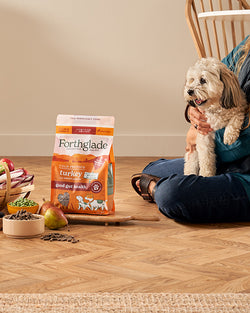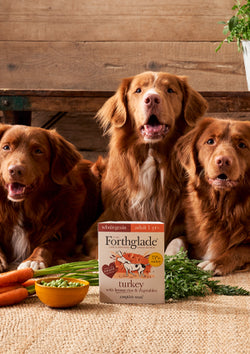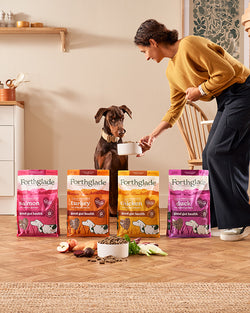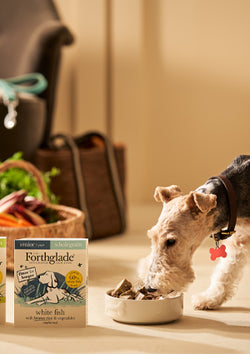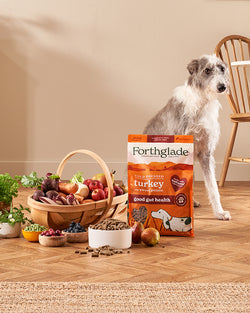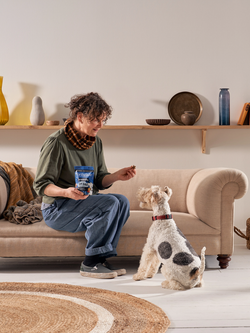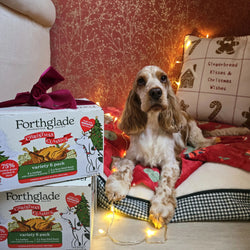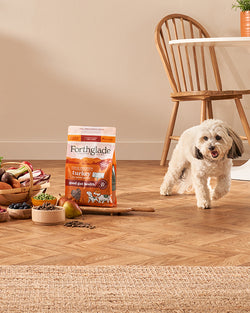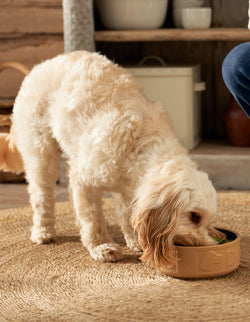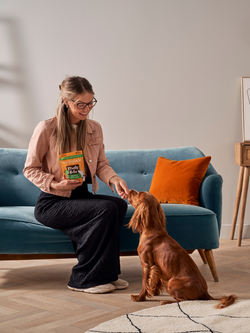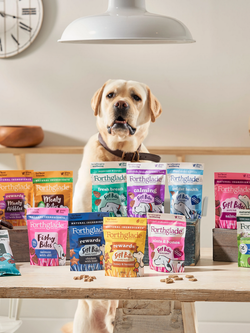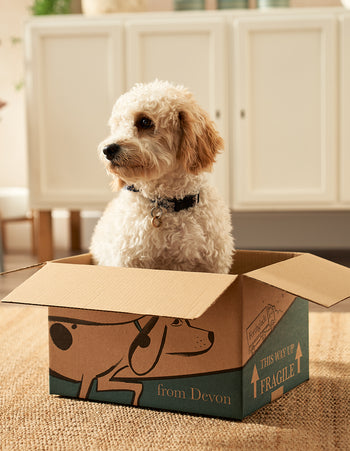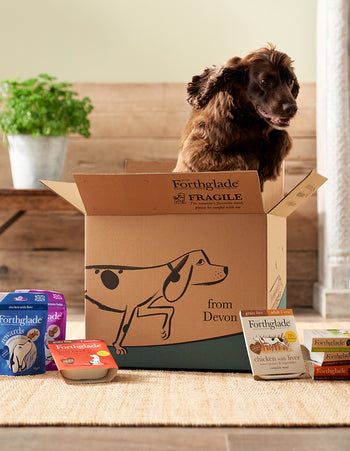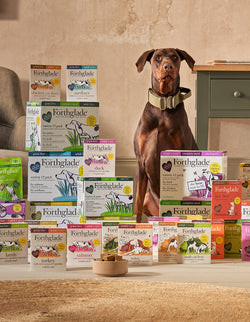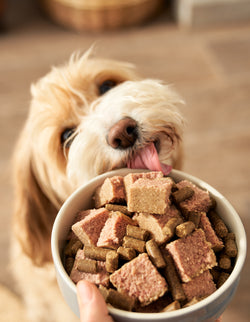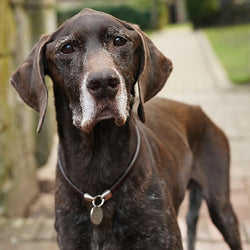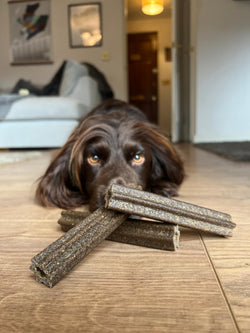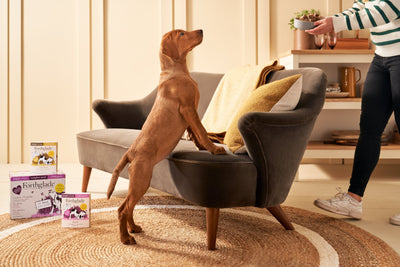How to Bathe a Puppy
Bathtime with a new puppy can be a mix of excitement and nerves, for both you and your pup, Whether your pup has rolled in something they shouldn’t or it’s time to start teaching them that water isn’t scary, learning how to bathe a puppy properly will set you both up for a lifetime of easy grooming.
In this guide, we’ll walk you through everything you need to know about giving your puppy their first bath, how often to bathe them, and how to keep the experience stress-free and enjoyable.

Why you should bathe a puppy
Introducing your dog to bathing early on helps them become familiar with the sights, sounds, and sensations of being groomed.
- Keep their coat clean and healthy.
- Remove dirt, debris, and allergens.
- Helps to spot skin conditions or parasites.
- Builds positive habits for the future.
The earlier you start creating positive bath experiences, the easier it will be when they’re bigger!
How often to bathe a puppy
Puppies don’t need frequent baths unless they get especially dirty. Over-bathing can strip the natural oils from their coat, leading to dry skin. As a general rule:
-
Once every 4–6 weeks is usually enough.
-
Spot-cleaning with a damp cloth between baths works well.
- More frequent baths may be needed for puppies with skin conditions (your vet can advise)
When can puppies have their first bath?
You can usually bathe your puppy from around 8 weeks old and they’ve settled into their new home. Before that, their mum would usually do the cleaning. If in doubt, a gentle wipe with a damp cloth is fine. Make sure your pup is:
- Fully warm and dry after their bath.
- Not overwhelmed, start slow and keep it positive.
- Comfortably warm, especially after towelling off.
What you’ll need to give a puppy a bath
Before you begin, gather everything you’ll need so you’re not dashing around mid-bath:
- Puppy-friendly shampoo (gentle and unscented)
- Soft towels.
- A cup or small jug for rinsing.
- A non-slip mat (especially for baths or sinks)
- A hairdryer (optional – see tips below)
- A brush or comb, especially for longer coats.
- Tasty puppy treats to reward good behaviour.
Coat considerations:
- Short-haired puppies: Quick rinse and towel-dry usually does the job.
-
Long-haired puppies: May need a gentle brush before and after the bath to prevent tangles.
-
Double-coated breeds: Rinse thoroughly, these coats can trap shampoo and cause skin irritation.
How to bathe a puppy
Let’s take it step by step to help you avoid stress and puddles.
Step 1: Gather your supplies
Have everything nearby so you can keep one hand on your puppy at all times.
Step 2: Choose the right location
Use a sink, baby bath, or low tub. Make sure the surface isn’t slippery, use a towel or non-slip mat to help your puppy feel secure.
Step 3: Brush before you bathe
Give their coat a quick brush to remove loose fur or knots, especially in long-haired breeds.
Step 4: Use lukewarm water
Test the water temperature with your wrist. It should be warm and comfy for your pup.
Step 5: Wet your puppy gently
Use a cup or jug to slowly pour water over their body, avoiding the ears, eyes, and nose.
Step 6: Lather up
Apply a small amount of puppy shampoo, gently massaging into the coat. Talk to your puppy to reassure them.
Step 7: Rinse thoroughly
Leftover shampoo can irritate their skin, so rinse well until the water runs clear.
Step 8: Dry your pup
Wrap them in a warm towel and gently rub them dry. You can use a hairdryer on a low heat and quiet setting, but always introduce it slowly and keep it at a distance.
Top tips for bathing your puppy
Want to make bathtime a little less crazy? Here are some of our favourite tips:
- Start slow: Let them sniff the shampoo bottle and explore the tub before you begin.
-
Keep water out of their ears: Use a damp flannel to clean their face, and avoid pouring water near the head.
-
Warm towels are your friend: Dry them in a cosy towel straight after to prevent chills.
-
Introduce the hairdryer gradually: If using one, keep it on a low setting and give plenty of praise and puppy treats.
- Make it positive: Use a calm voice and reward your pup before, during, and after the bath.
- Practice makes perfect: The more positive experiences they have, the more confident they’ll become.

Conclusion
With the right tools, a gentle approach, and a few tasty rewards, your puppy can learn to love the bath or at least tolerate it with a waggy tail.
Looking for ways to support your pup’s health beyond bathtime? A happy tummy is just as important as a clean coat. Explore our range of puppy food made with natural ingredients to support your growing companion from the inside out.

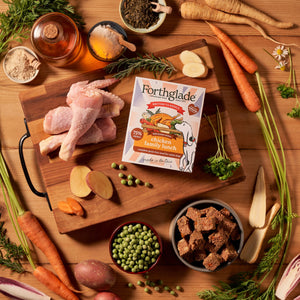

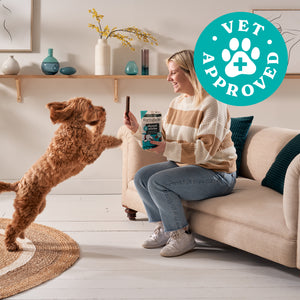
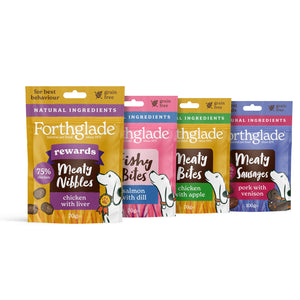
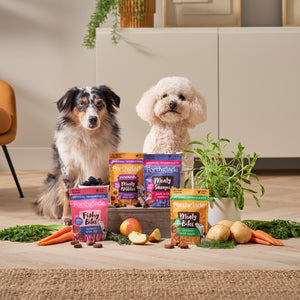


 Over 12,000 5* Reviews
Over 12,000 5* Reviews
 Subscribe & Save At Least 10% Off Every Order!
Subscribe & Save At Least 10% Off Every Order!



